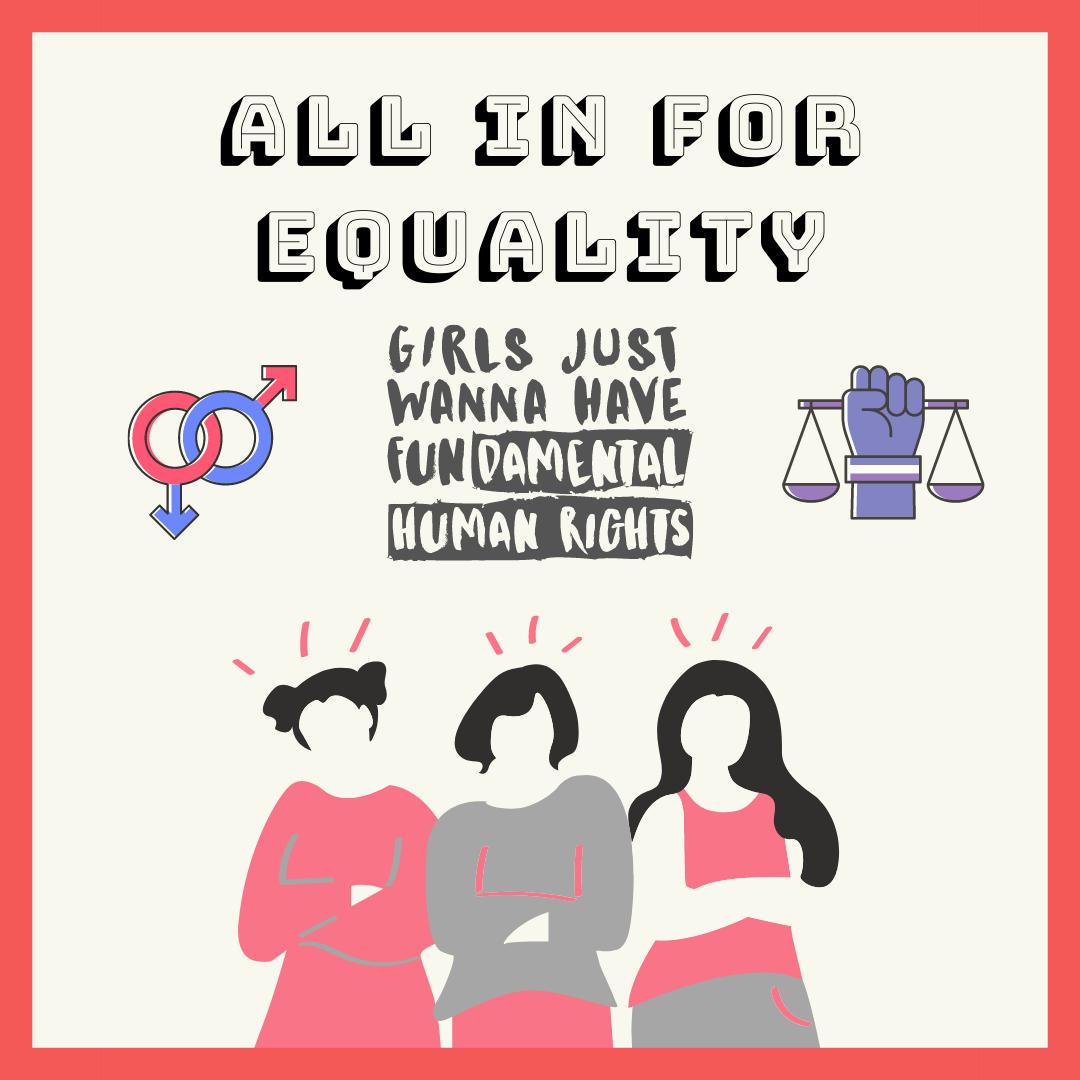It wasn’t until the last century that women were accepted into the mainstream workplace. In fact, till only 50 years ago, the ideal family was one where the man went to work, the woman ran the house and the kids went to school, only to grow up and model the same family structure. Today, we can proudly say that there are far more ‘violations’ to these conventions. That being said, we still haven’t achieved the equality in the work place. Everyone knows of the existence of the pay gap between genders, but we don’t talk about it nearly enough. So let’s do that. Let’s talk about the pay gap.
Although commonly known as the gender pay gap, the inequality in salaries between groups is also influenced by other factors. This includes, but is not limited to, race and ethnicity, disability, gender identity, access to education and age. For example, it is very much possible for a white woman to be paid far more than a woman of color or transsexual woman. Of course, it goes without saying, that a straight white man is most likely to get paid the best for doing exactly the same job as a person of any other demographic. Don’t believe me? Look it up.

In 2020, a woman still earns 81 cents for every dollar earned by a man.
Career or family?
People who claim to be ‘feminists’ blame women for giving up their careers to look after their family. But the fact is, most women who do so unwillingly are just victims of the patriarchal system. There are two ways in which this system prevents a woman from succeeding in her career, and they both stem from making her choose between her family and her job.
Scenario one: in a heterosexual family setting, the wife normally gets paid less due to the pay gap. This means that when planning a family, she gives up her careers and aspirations so that the person earning more (her husband) can work.
Scenario two: the wife and husband both work, but either by choice or because of misogynistic beliefs, the woman works fewer hours to look after the house. This results in her earning less and not being able to get promotions.
Of course this is no way invalidates any woman who willingly chooses to raise a family instead of working. Feminism celebrates the free will of women. What we take issue with is the oppression of their voices and beliefs.
The long term effect of the pay gap
For years, women have been fighting to be paid the same as men for the exact same job. But even so, we are still nowhere near victory. The sad part is, the pay gap has a ripple effect that, in the long term, harms not just women but society as a whole.
In the long term, the results of both the above scenarios is a scarcity of female role models represented higher up the professional ladder. Why is it that 2020 is the first time we’re seeing a woman as the Vice President of the United States? (I mean, we have no complains but the question we’re asking is why did it take this long to reach such a non-radical point in one of the most ‘progressive’ nations in the world?)
Our society is structured in such a patriarchal way, that a woman pursuing her career has to overcome far more obstacles than a man doing the same. Climbing up the ladder become more difficult because of her gender, and she gets stuck in a position that pays far less that what she deserves. This is often referred to as the Opportunity Gap.
At some point in life, almost every woman has to choose between her career and a family, a choice which a man hardly ever faces. So whether it be losing a great mind to the pay gap, or losing a potentially great mind because she doesn’t see a role model doing the job she wants, eventually it’s society that gets harmed. We don’t cultivate women in the workplace the way we do men, and this needs to stop. And it starts with equal pay.
Colored women earn $0.75 for every dollar a white man earns.
Pay gap in STEM
Intersectional feminism needs to be highlighted specially in the sciences. In STEM, black women earn about 87% of a white woman’s salary and about 62% of a white man’s salary. These numbers are hard to swallow, but they only reflect the truth that no one talks about.

The biggest problem in STEM faced by women today is the Opportunity Gap spoken about earlier. As a blog, we have spoken with and interviewed several women in STEM about their journey. One major problem that we’ve had confirmed again and again is the ‘leaky pipeline‘ effect. At the undergraduate level, there seems to be a resemblance of gender equality. But as we go higher up, men tend to occupy more and most important positions. It becomes increasingly difficult to see women. Think about it, if they’re kept from moving higher up, they will hold fewer good jobs. This results in women not getting high paid jobs, and hence earning less than men. Although the leaky pipeline effect has been hypothesized to be caused by a number of reasons including family responsibilities and discrimination.
Let’s talk solutions.
- Normalize discussing salaries. Many times, women don’t even know they’re being paid less than a man doing exactly the same job. This is because there’s an unwritten rule of not discussing how much you earn. But this is extremely counterproductive in our fight for equality. If we don’t know that we’re being shortchanged, we can’t do anything about it. So go ahead and ask your co-workers how much they earn. Keeping salaries confidential only helps your employers and the patriarchy.
- Educate yourself and know your worth. How much does a person in your position normally earn? What’s the highest position for a person with your qualifications and experience? Knowing this information through conversations and other forms of research might reveal how much more and how urgently more you deserve.
- Don’t be embarrassed/ scared to ask for a raise or promotion. So you spoke to your male co-worker and realized that you’re getting paid drastically less than he is? Let’s change that. Remember that the company is the one on a back foot for paying you less in the first place. You’re only being fair to yourself and the other women in your workplace when you ask for financial equality. The same goes for when you find yourself in a position where your skills aren’t being utilized to the fullest. Ask for that promotion. It benefits you and the productivity of society.
These are some work environments that are attempting to equalize pay. However, unfortunately, there aren’t a large number and so it doesn’t change the fact that at large, this is still a major problem. Although gender-based pay discrimination has been illegal since 1963, it is still very much prevalent today. Laws can be helpless when the collective mindset of the society is blinded to any violations of it. Only one thing can help change the situation, and that’s talking about it.
So let’s have these difficult conversations and let’s break this oppressive cycle of the pay gap.
And as always,
“Women in Science? Shocker, we exist!”
If you like this post, you might like some of our other posts too!
- March 2022
- August 2021
- July 2021
- June 2021
- May 2021
- April 2021
- March 2021
- February 2021
- January 2021
- December 2020
- November 2020
- October 2020
- September 2020
- August 2020
- July 2020
- June 2020
- May 2020
Subscribe to help us keep you updated!




Leave a Reply